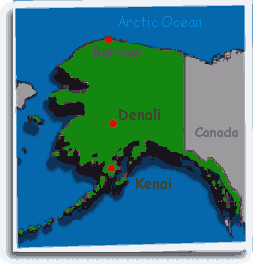
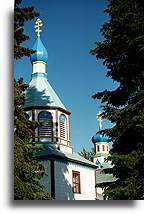
This is one of the last places on Earth where wildlife and wilderness can be found in undiminished splendor. Alaska was discovered by Danish explorer Vitus Bering in 1741. It was a land where only Eskimos and Indians adapted to a unique, often harsh environment.
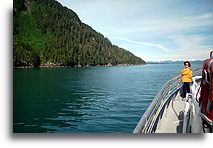
When US government bought Alaska from Russia in 1867 for 7 million dollars critics attacked. "They mocked his willingness to spend so much on icebox and polar bear garden." wrote one of the newspapers. For comparison it took twice this amount to create Central Park in New York City almost at this time.
Alaska covers more land area than France, Germany, Switzerland, Austria, Czech Republic, and Poland all together. In other words, it is one-fifth of the size of the contiguous United States. Traveling in Alaska is not easy. There are only a few main roads. If you want to reach interesting destinations it is necessary to drive long distances on dirt roads. Many places are accessible only by plane.
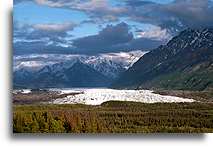
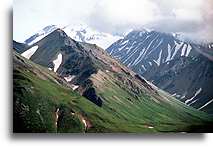
There are three Alaskas bears: black in the south, brown (known as grizzly) in central Alaska and polar bear in the arctic. To see bear while hiking is not uncommon, but hikers have to stay alert. When people and bears cross their path only one side wins.
We experienced Alaska from the south to the north. First, we drove around Kenai Peninsula to see glaciers and in search of old Russian Orthodox churches. Our next destination was ghost town Kennicott in Wrangell-St Elias NP and of course Denali. After that, we continued north to reach town Circle on Yukon River bank. Our final destination was Barrow located in Arctic and accessible only by plane.
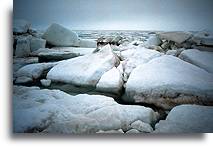
 travel tip:
Communication signals.
If you want to spend time in the wilderness learning a few communication signals is important. It is known a situation when one man spotted Alaska State Troopers (State Police) airplane. He waved both his arms over his head. When the plane flew over he waved again. The plane flew off. It was not much later when the man realized his mistake. In his hunting booklet he saw that he had signaled: "Everything OK, do not wait". There was not happy ending. This story was recorded in a diary and was found when the mans body was discovered.
travel tip:
Communication signals.
If you want to spend time in the wilderness learning a few communication signals is important. It is known a situation when one man spotted Alaska State Troopers (State Police) airplane. He waved both his arms over his head. When the plane flew over he waved again. The plane flew off. It was not much later when the man realized his mistake. In his hunting booklet he saw that he had signaled: "Everything OK, do not wait". There was not happy ending. This story was recorded in a diary and was found when the mans body was discovered.




